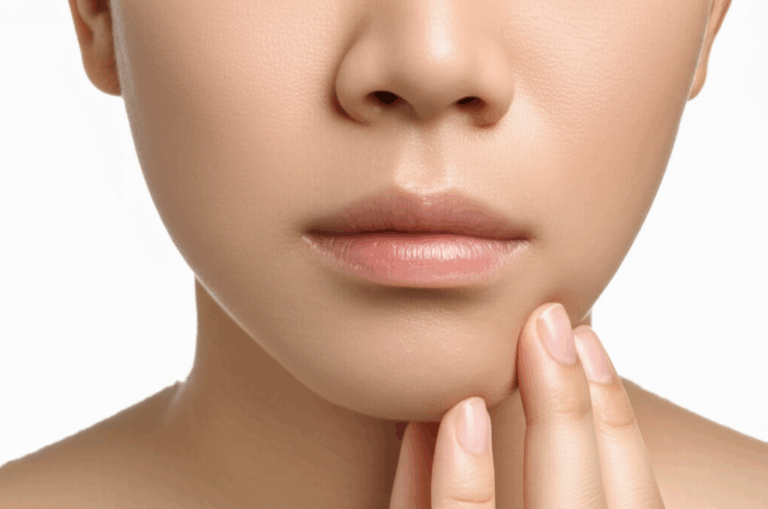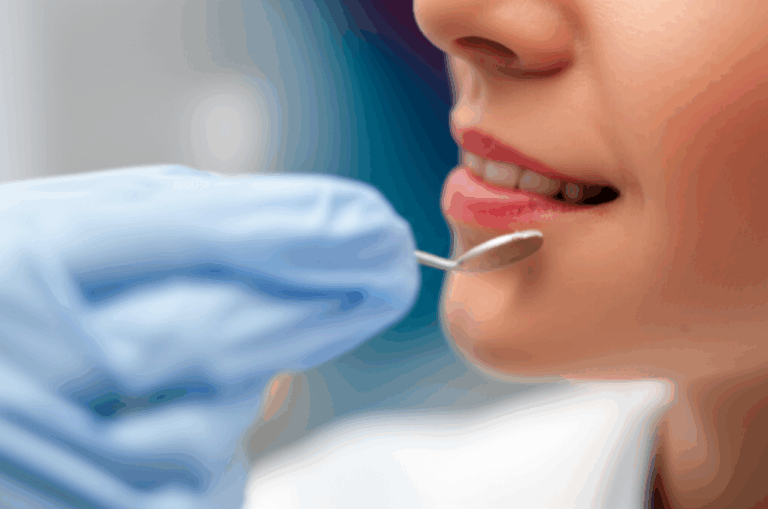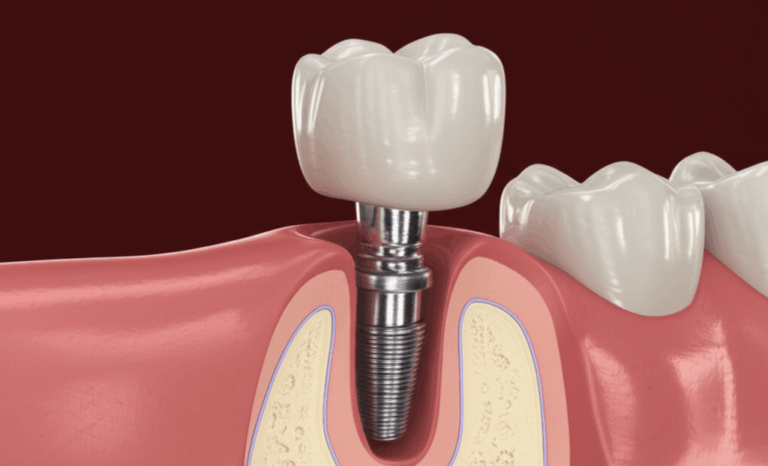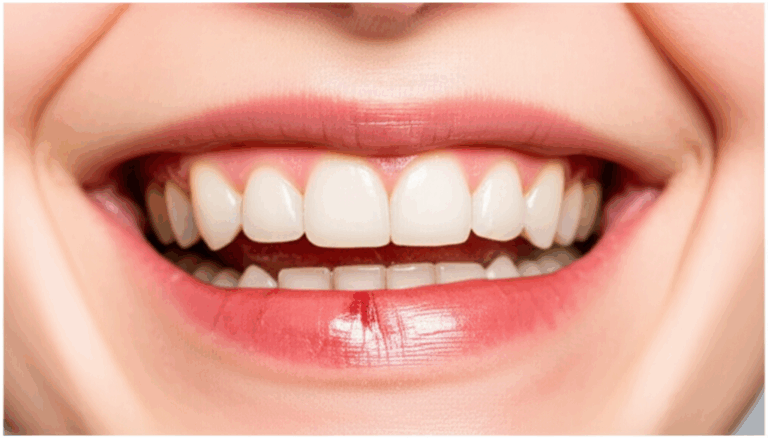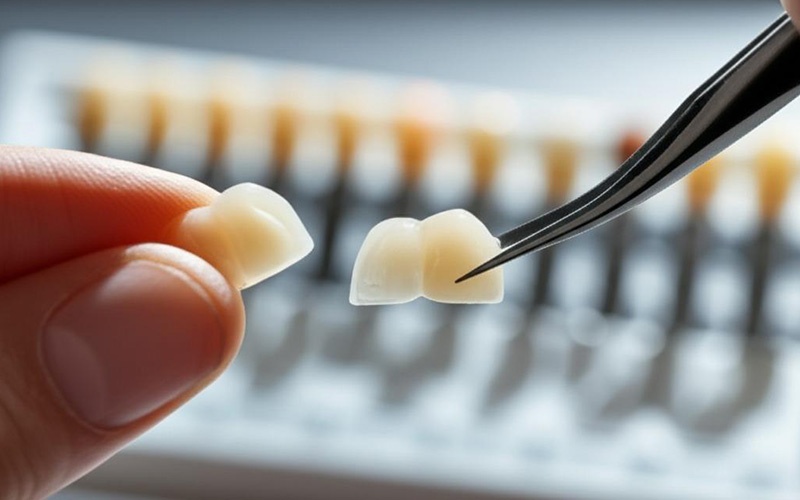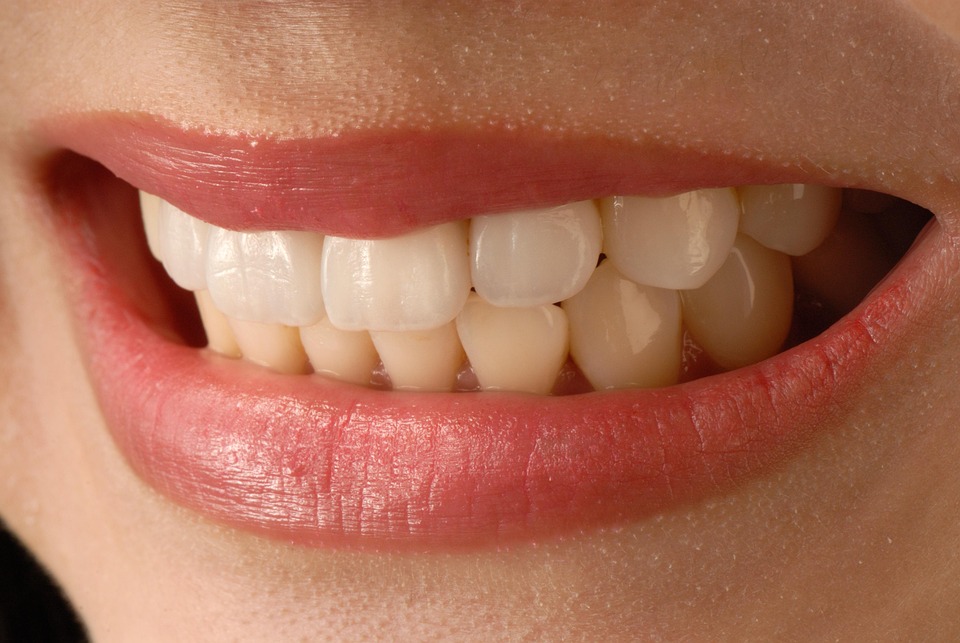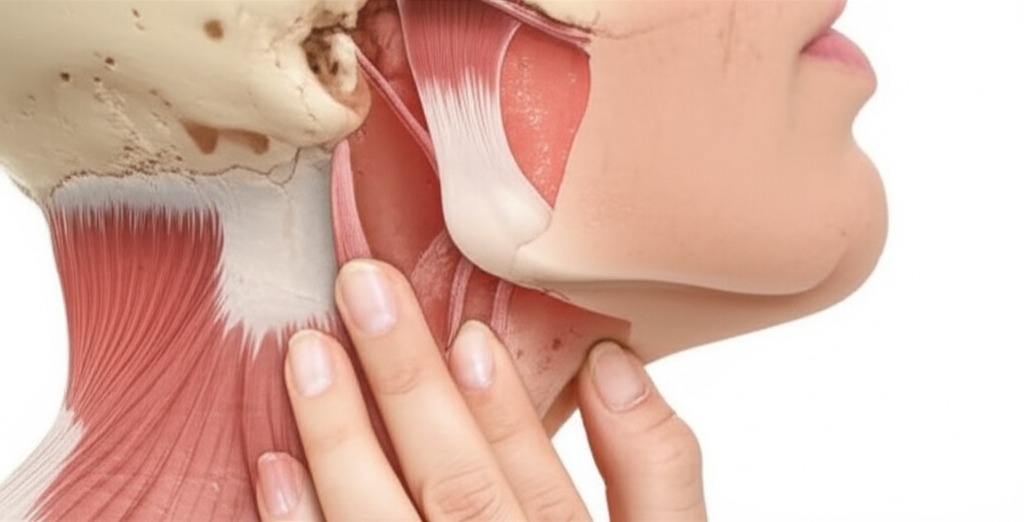
Why Do Your Teeth Hurt When You Have Sinus Problems?
Understanding the Connection & Finding Real Relief
That dull, throbbing pain in your upper teeth. You know the kind—it pops up when you bend over, feels worse in the morning, and sometimes comes with a sinus headache or stuffy nose. It’s not just your imagination. If you’ve asked yourself, “Why do my teeth hurt with sinus problems?” you’re definitely not alone. And you deserve answers—and a bit of peace of mind.
Here’s the good news: Most tooth pain that comes with a sinus infection or allergies isn’t because something is wrong with your teeth. What you’re feeling is called “referred pain”—where the pain from your sinuses feels like it’s coming from your teeth.
As your friendly dental health helper, I’ll help you figure out this body puzzle. We’ll talk about exactly why your teeth hurt when your sinuses flare up, how to tell sinus tooth pain apart from a real tooth problem, and (most importantly) share smart ways to feel better at home. And if you need to see a doctor or dentist, you’ll know the warning signs to watch out for.
In This Article
- 1. The Surprising Link: Why Do My Teeth Hurt When My Sinuses Are Acting Up?
- 2. Anatomy 101: How Your Sinuses and Teeth Are Connected
- 3. What Causes Sinus-Related Tooth Pain? (And When Should You Worry?)
- 4. Sinus Pain vs. Real Tooth Problems: How to Tell the Difference
- 5. Sinus Toothache Checklist: Common Symptoms
- 6. Your Relief Toolkit: Home Remedies and Science-Backed Solutions
- 7. When to Call in the Pros: Dentist or Doctor?
- 8. The Empowering Takeaway: What You Can Do Next
1. The Surprising Link: Why Do My Teeth Hurt When My Sinuses Are Acting Up?
Is this normal? The short answer: yes, it’s very common. Many people first notice this “sinus toothache” when they wake up with sore upper teeth around allergy season, after catching a cold or sinus infection, or even after a flight. The pain is usually around the upper back teeth and feels dull, achy, and sticks around—not that sharp pain from biting ice cream.
So what’s going on? The roots of your upper back teeth (your molars and premolars) sit right next to your biggest sinus space—the maxillary sinus. When your sinuses get swollen or filled with mucus (think crowded hallways), that pressure can push onto the nerves of your teeth. Your brain gets mixed signals and suddenly, your teeth hurt—even though the real problem is in your sinuses.
But not all tooth pain during sinus problems can be ignored. Sometimes, a real tooth problem can show up at the same time, and sometimes, sinus infections can get worse. Let’s get you the facts so you know what to watch for—and how to get real relief.
2. Anatomy 101: How Your Sinuses and Teeth Are Connected
Let’s take a simple tour inside your head—don’t worry, it won’t hurt!
2.1 The Maxillary Sinuses: Your Teeth’s Upstairs Neighbors
Imagine this: Your upper back teeth have roots that reach up above your gums. Now picture two hollow spaces (your maxillary sinuses) sitting just above those roots. In some people, these roots even poke a little into the sinus—there’s not much barrier there.
2.2 The Nerve Highway: Pain Signals Get Mixed Up
Your upper molars and your maxillary sinuses share some of the same nerves through the trigeminal nerve. When your sinuses get swollen, that upset can travel down these nerves—like when your noisy upstairs neighbor stomps and you hear it through your ceiling. Your brain sometimes can’t tell if the pain started from above (sinus) or below (teeth).
Main point: Because they’re so close and share nerves, sinus trouble often “feels” like tooth trouble—especially in your upper back teeth.
3. What Causes Sinus-Related Tooth Pain? (And When Should You Worry?)
Let’s look at why your sinuses can make your teeth hurt, and what else could cause pain.
3.1 Sinusitis (Sinus Infection)
How it happens:
Sinusitis, from a cold, the flu, or allergies, makes your sinus tissues swell up and make more mucus. That swelling and mucus raise the pressure in the sinus space—which, as you learned, is right over your upper tooth roots.
Why the pain:
That pressure squishes the nerves leading to your upper teeth, causing pain that’s often felt in several teeth at once (typically the back teeth on one side). The pain is usually dull and achy, gets worse when you bend over or move your head fast, and feels better as your stuffiness clears.
Viral vs. Bacterial:
Most sinus infections are viral and go away after 7–10 days. But if your symptoms stick around longer or get suddenly worse after getting better, it might be a bacterial infection (sometimes needing antibiotics).
3.2 Allergic Rhinitis (“Allergy Sinuses”)
Hay fever doesn’t just make your nose run; it can swell up your sinuses, too. When that swelling pushes on tooth roots, your upper teeth can start to ache. This pain often shows up with the seasons or after being around dust or pollen.
3.3 Atmospheric Pressure Changes (Barodontalgia)
Ever feel tooth pain on a plane or when diving? Quick air pressure changes can mess with your sinuses, causing pressure that pushes on your tooth roots. This is called “barodontalgia,” and the teeth themselves are usually healthy.
3.4 Other Sinus Blockages
Sometimes, growths in your nose (nasal polyps) or a crooked septum can block drainage. This can make sinus pressure last longer and cause tooth pain—even with no infection.
4. Sinus Pain vs. Real Tooth Problems: How to Tell the Difference
Not all tooth pain is tooth trouble. Sinus pain pretends to be a toothache so well that even dentists have to play detective! Here’s how to tell if it’s your sinuses or your teeth at home.
4.1 Classic Signs of Sinus-Related Tooth Pain
- More than one upper back tooth hurts, not just one (usually molars and premolars, maybe on one side)
- Pain gets worse with head movement: bending over, running, or lying flat
- Dull, throbbing, or pressure-like pain, not sharp jabs
- Other sinus signs: stuffy nose, facial pressure, thick snot, post-nasal drip, headache—or all at once
- No extra sensitivity if you chew, have a cold drink, or eat sweets
4.2 Classic Signs of Real Tooth Pain
- Pain is sharp, strong, and in one tooth
- Sensitive to hot, cold, sour foods, or biting
- Tooth looks strange: hole, chip, cracked crown, red or swollen gums
- No sinus issues: breathing, nose, and face feel normal
4.3 Quick Home Test: Sinus or Tooth?
Try this:
Lightly tap your upper back teeth, one at a time, with your finger or a toothbrush handle. If lots of teeth feel the same and you have sinus symptoms, it’s probably your sinuses. If just one tooth hurts a lot—even if you don’t have sinus stuff—time to call the dentist.
4.4 Why It Matters
Treating sinus pain with dental work won’t help—and unneeded drills or fillings can make things worse. On the other hand, ignoring a real tooth problem can let cavities or infections get bad. Knowing the truth helps you get the right help, fast.
5. Sinus Toothache Checklist: Common Symptoms
The easiest way to notice sinus tooth pain? Check what else is happening in your head, face, and body.
Common Sinus Toothache Symptoms
- Dull, achy pain in a few upper back teeth (one side, or both)
- Face pain or pressure, especially around cheeks, eyes, or nose
- Upper jaw, cheek, or under-eye tenderness
- Stuffy, blocked, or runny nose
- Thick, yellow or green snot
- Pain gets worse moving (bending, jumping, quick movements)
- Ears feel full or odd
- Sore throat, cough, or mucus down your throat
- Headaches (usually over forehead or cheeks, sometimes with tooth pain)
- Mild fever, tiredness (usually with infections)
- Bad breath (especially if sinus infection sticks around)
> If you get sudden strong pain, high fever, swelling by your eye, or trouble seeing—get medical help fast! This can mean a serious sinus problem.
6. Your Relief Toolkit: Home Remedies and Science-Backed Solutions
The good news? Most sinus tooth pain goes away on its own or with simple treatments. Here’s what really helps.
6.1 Simple At-Home Remedies
Steam and Warm Showers:
Take a hot shower or breathe in steam from a cup of hot water. Steam can help clear up mucus, ease pressure, and lower swelling.
Saline Nasal Rinses:
Use a salt-water rinse or neti pot to wash out your nose and sinuses. Always use clean, boiled or bottled water, and keep the device clean.
Warm Cloth:
Put a warm (not hot) washcloth or heating pad on your cheeks or upper jaw. This can calm pain and help mucus move.
Drink Fluids:
Drink plenty of water, soup, or warm tea. Thinner mucus is easier to clear out, lowering pressure.
Prop Up Your Head:
Use pillows to prop up your head at night. This brings down sinus pressure and morning tooth pain.
Rest:
Your body heals best with rest. Don’t skip those extra naps or early bedtimes.
6.2 Over-the-Counter (OTC) Medicine
Decongestants (like pseudoephedrine or phenylephrine) make sinus tissue smaller and help open up your nose.
Ibuprofen or acetaminophen help with pain and swelling.
Steroid nose sprays (like fluticasone) help with long-term swelling or allergy-based sinus pressure.
Antihistamines (loratadine, cetirizine) help if allergies are the cause.
> Always use medicine as the box says, and ask your doctor or pharmacist if you take other medicines or have health conditions (like high blood pressure).
For a modern look at tech in dental labs, check out this overview on digital dental labs.
6.3 Prescription Treatments
If things aren’t better after 7–10 days—or if symptoms get worse—your doctor may give you:
- Antibiotics: Only if you have a proven bacterial sinus infection (not for viruses or allergies).
- Stronger steroid sprays or pills: For more serious or long-lasting cases.
6.4 What Not to Try
- DIY dental repairs—like home fillings or random cures—can be risky.
- Antibiotics “just in case”—won’t work unless you have a bacterial infection, and can make future infections harder to treat.
6.5 When Should You Feel Better?
For most sinus infections, pain and pressure go away within about a week. Allergies may last longer, depending on what you’re allergic to and your treatment. If you are not feeling better, or if pain is getting worse, see a doctor or dentist.
7. When to Call in the Pros: Dentist or Doctor?
It’s always smart to be careful with new or strong pain. Here’s when to get help—even if your toothache seems small:
7.1 When to See a Doctor (or Ear/Nose Specialist)
- Symptoms hang on for more than 7–10 days with no sign of getting better
- High fever (over 102°F or 39°C)
- Face pain, redness, or swelling that gets worse
- Trouble seeing, double vision, or swelling near the eyes
- Strong headache or stiff neck
- History of stubborn sinus problems that keep coming back
7.2 When to See Your Dentist
- Pain is in just one tooth
- Pain is sharp, hurts with hot, cold or biting
- Tooth looks bad: cracks, holes, swollen or bleeding gums, loose tooth
- Sinus treatments don’t help tooth pain
7.3 What You’ll Get
Your doctor may do a quick checkup, order sinus X-rays or a dental check, or recommend a specialist for tough cases.
Sometimes a dental lab like emax dental lab or crown and bridge labs may help fix teeth after infections or damage.
8. The Empowering Takeaway: What You Can Do Next
Don’t feel bad if you’re unsure whether your tooth pain is from your teeth or your sinuses. You can take steps right now to feel better and get answers.
Big Takeaways
- Sinus tooth pain is common and usually not a dental emergency.
Upper back teeth and sinuses are connected. Lots of toothaches “start” above the gums, not inside the tooth.
- Watch your symptoms:
If pain shows up in several top back teeth, gets worse with moving your head, or happens with sinus stuff—it’s probably your sinuses.
- Easy home fixes and over-the-counter medicine can help.
Use steam, salt-water nose rinses, and painkillers. Give your body a few days.
- Don’t ignore warning signs:
Call a dentist or doctor for:
- Strong, focused tooth pain
- High fever, swelling, or changes with your eyes
- No change after a week
- You can prevent problems.
Handle allergies, treat colds early, and keep up with good brushing and flossing to stop dental and sinus problems from combining.
###
What You Should Do Now
- Start with at-home care: Steam, water, and nasal salt rinses help.
- Use over-the-counter pain and allergy meds as directed.
- Watch your symptoms: Write them down in a notebook or on your phone.
- See a pro if things don’t get better, get worse, or don’t match the sinus “story.”
- Brush and floss every day: This keeps your teeth healthy, helps your dentist spot problems early—even during sinus season.
Want more info on dental fix-it options? Check out our guides on dental ceramics labs and zirconia dental labs to see how new dental care is helping people—even when the trouble starts with your sinuses.
Frequently Asked Questions About Sinus Tooth Pain
Can a sinus infection cause pain in my lower teeth, too?
Not really. The maxillary sinuses affect upper back teeth the most. Lower tooth pain during a sinus infection is usually a real tooth problem.
Will my dentist know if the pain is from my sinuses?
Yes. Dentists can check your teeth, tap them gently, and (if needed) take X-rays to figure it out. If it looks like sinus pain, they’ll tell you.
I had a tooth pulled, and now my sinus hurts. Is this normal?
If it was an upper tooth near the sinus, you may feel changes while healing. Tell your dentist if pain is strong, stays a long time, or comes with other sinus infection signs.
Do allergies make teeth hurt or sensitive?
Yes! Allergy problems can make sinuses swell, which can press on your teeth just like a cold. Controlling your allergies can help stop this.
What’s the quickest way to stop sinus tooth pain?
Decongestants, steam, nose rinses, and pain medicine—use them all together. Everyone is different, so see what works best for you and be gentle with yourself.
Your Health, Your Confidence
You don’t have to “just deal with” sinus-related tooth pain. By knowing the cause, trying home tips, and knowing when to ask for help, you’re already protecting your smile and feeling better.
Still unsure what’s making your teeth hurt? Book a visit with your dentist or doctor. It’s always best to let a pro check if anything feels off.
Remember—healthy habits, quick care, and the right info will keep your smile and sinuses healthy, year after year.

